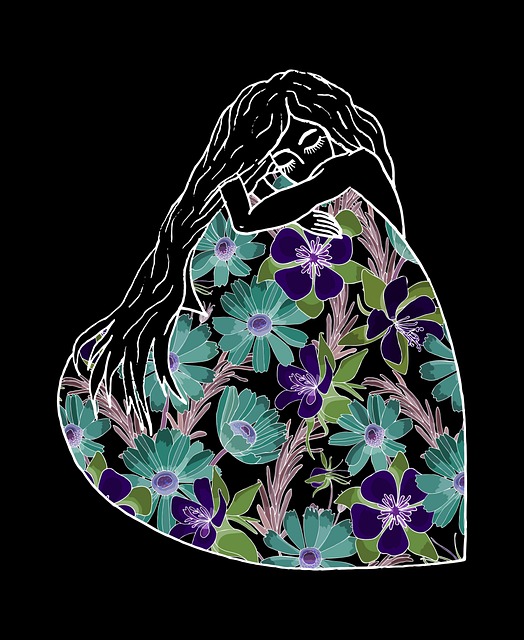When it comes to getting kids to speak up about their emotions it’s a very difficult and challenging area and sometimes you just don’t know what to say or how to express your emotions. Learning to open-up to a therapist and trusting someone new is very hard for kids who can’t verbalise how they are feeling; this is where art therapy can help.
At a first introduction to art therapy, many kids may see the task as too childish because it’s not the mainstream therapy they usually see in movies; a serious professional writing notes in their book but evidently, that is the point. It is hard for anyone to express their feelings to a stranger but this is especially hard for kids who are still figuring out how to process their feelings and why this is happening to them. Art therapy takes away the serious environment they might feel declined to talk in and gives them a counter option that allows kids to feel more comfortable in communicating and receiving help without feeling the pressure of “being in therapy” and verbally talking.
Remember people have been using on the arts for non-verbal communication, self-expression, and healing for thousands of years. But art therapy didn’t start to become a formal program until the 1940s when doctors noticed that individuals suffering from mental illness often expressed themselves in drawings and other artworks, which led them to explore the use of art as a method of self healing and a strategy for psychologists or psychiatrists to form a diagnosis.
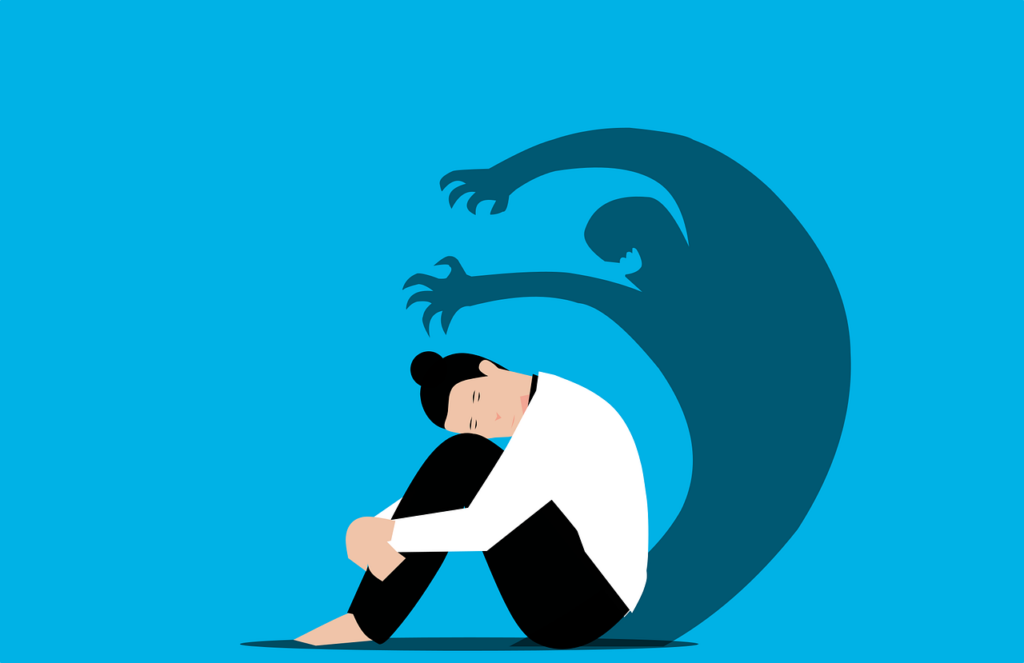
What Exactly is Art Therapy
Art therapy is a type of expressive therapy in which a person’s physical, mental, and emotional well-being is improved via the creative act of producing pieces of art. People can use the artistic process of expressing themselves creatively for conflict resolution, develop and controlling their behaviours and moods, as well as a positive tool to decrease stress, and boost self-esteem. You don’t have to be creatively gifted, or an artist to acknowledge the benefits and sometimes finger painting, playing with clay can be just as beneficial as creating an actual piece of art.
This is exactly why art therapy has seen such a rise in popularity, young kids can draw simple happy or sad faces to express themselves, whilst older teens may create more complex pieces using the process as a cathartic and emotional outlet. There are are specialists who can assist in venturing into the underlying themes that are exposed in kids art and it’s a more gentle way to be introduced to the therapeutic process.
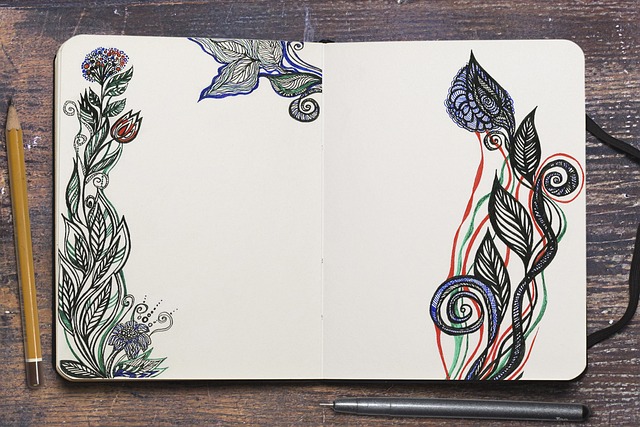
How Does Art Therapy Work
Art therapy, is a hybrid field influenced by the creative process of art and the attributes of psychology. Patients are encouraged to express what they can not put into words by generating imagery that is directly connected to their emotions. Younger children find it easier to use simple finger paints, sand play or moulding and shaping clay to transmit their emotions or just use the creative process as a way to develop self-awareness, explore their emotions and address unresolved emotional conflicts. Much positive research has been conducted on how art therapy can improve teens suffering with many different forms of anxiety to depression and addiction. By developing the skills to use positive emotional tools such as painting or drawing cognitive improvements were noticed especially in more severe and overwhelming experiences. Professional are trained to analyse and interpret the art pieces and they can be used as a springboard into further therapeutic conversations on the root cause of distress.
Art Therapy – A Work in Progress
As kids or young adults become more confident in expressing their emotions creatively the Art therapists will be able to detect nonverbal symbolism and metaphors that are frequently unconsciously represented via art. With this, they can pick up notions and concepts that are presented in and through the form of the creative process that is sometimes difficult for patients to express aloud. With various people, art therapy may accomplish different things. It may be used for therapy counselling, rehabilitation, psychotherapy, healing, treatment, and, in the broadest sense, it can be used to stimulate an individual’s subconscious in a way that allows the individual to have a better knowledge of themselves. Over time clients may start to self-reflect and assess their work and how it makes them feel while they create it. Therapists will encourage patients to search for themes and emotions in their artwork to help identify how their thoughts are processed about situations impacting their lives.
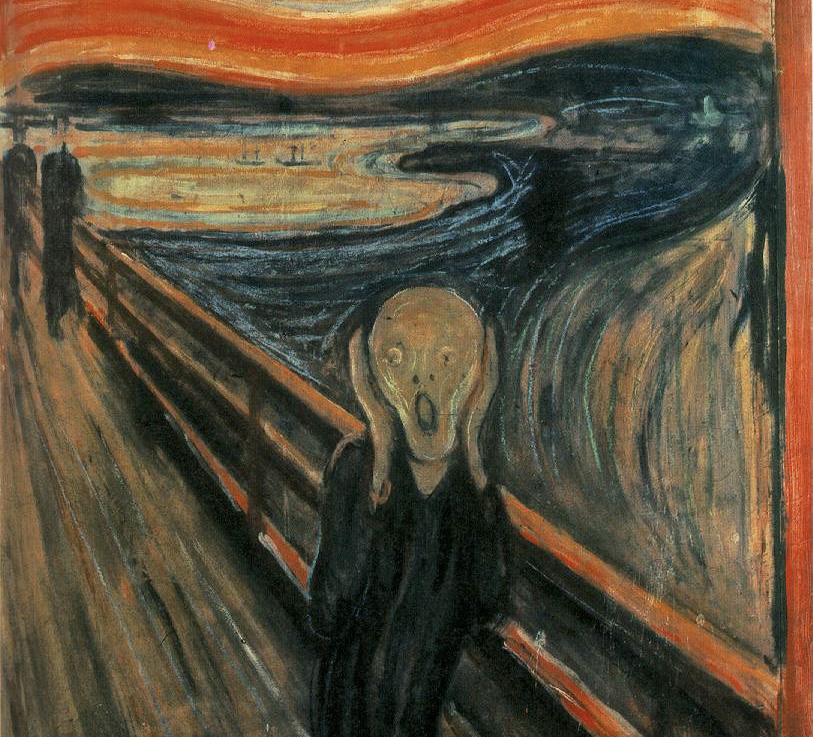
Techniques Used
Many smaller kids will start to draw simple images in a small notebook if they are feeling emotionally overwhelmed which they can take into therapy sessions for further evaluation. Older kids and teens have found colouring, a simple but effective tool to de-stress before or after academic exams. Go into any bookstore and you will now find a whole section dedicated to art books for colouring mandalas or complex images, both require dedication and focus as a way of switching-off or calming down and processing feelings.
There are many techniques that are used in art therapy so it’s not strictly creating an art masterpiece which can sometimes be a deterrent for kids especially for those not creatively minded.
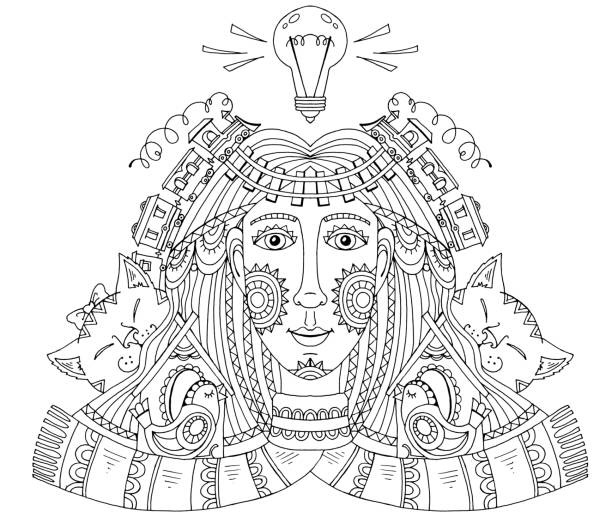
- Working with Clay on a wheel or sculpting
- Coloring
- Drawing
- Finger painting
- Creating Collages, mind maps or vision boards
- Painting
- Photography
- Doodling and scribbling
Whatever technique is applied the idea that creative expression can foster healing and mental well-being is becoming very popular and giving rise to a whole new way of dealing with mental health challenges especially in kids.
Arabella Chidwick is a year 13 student at NIST International school who aspires to study a major in Psychology and a minor in Visual Arts as a way of helping others through a creative process.




